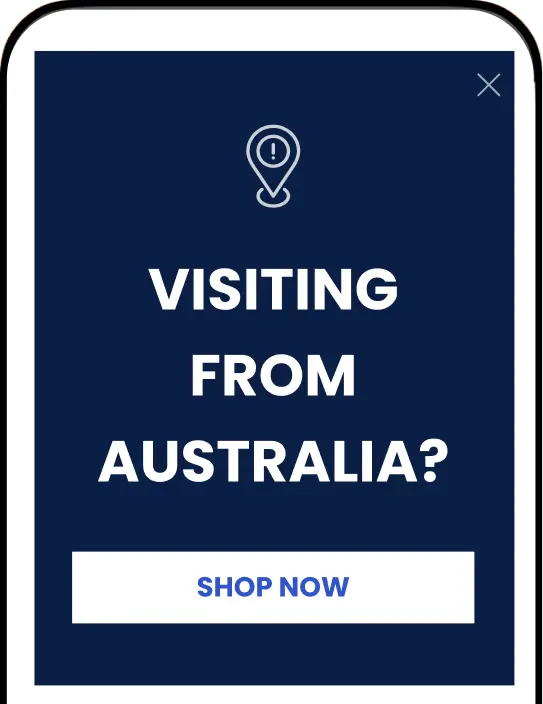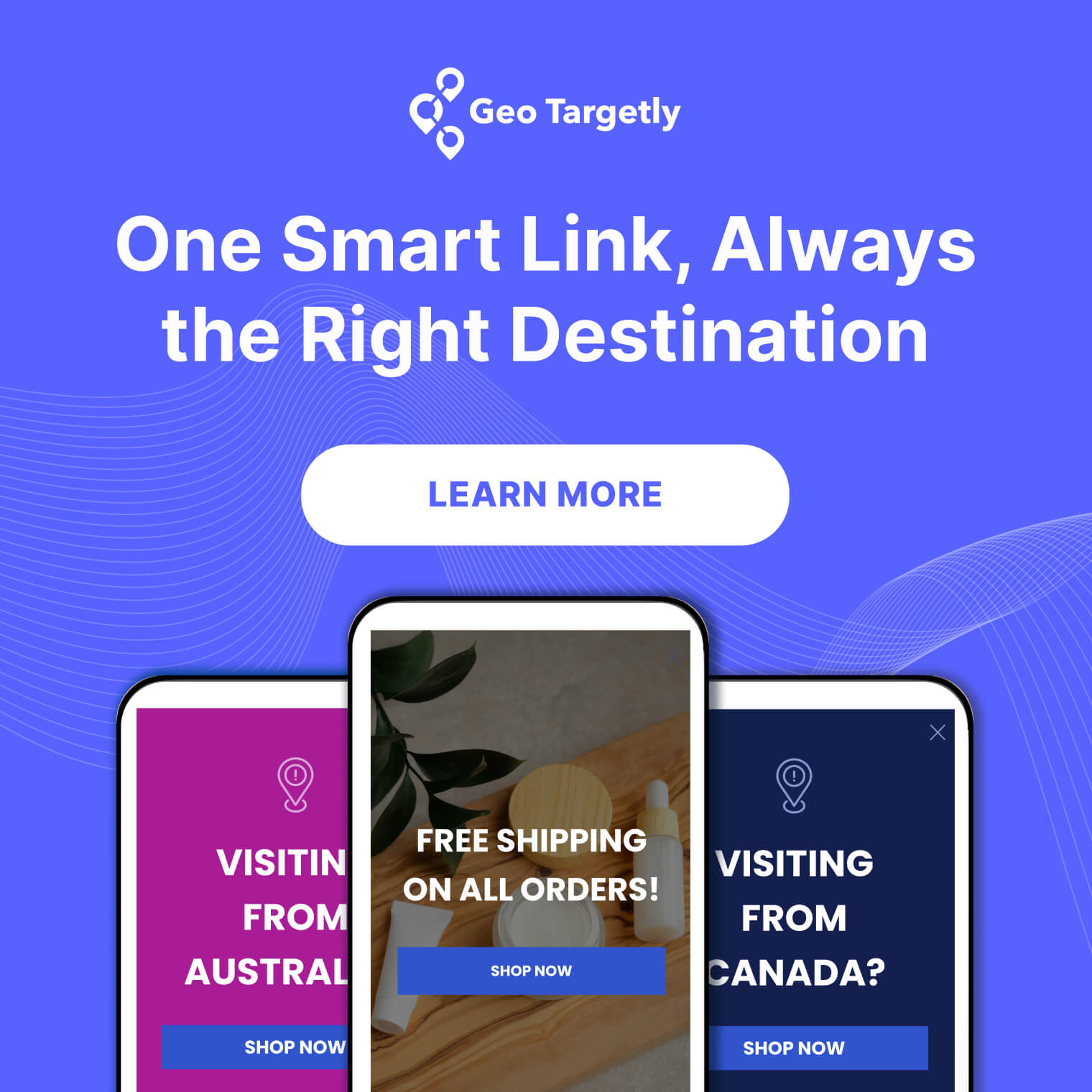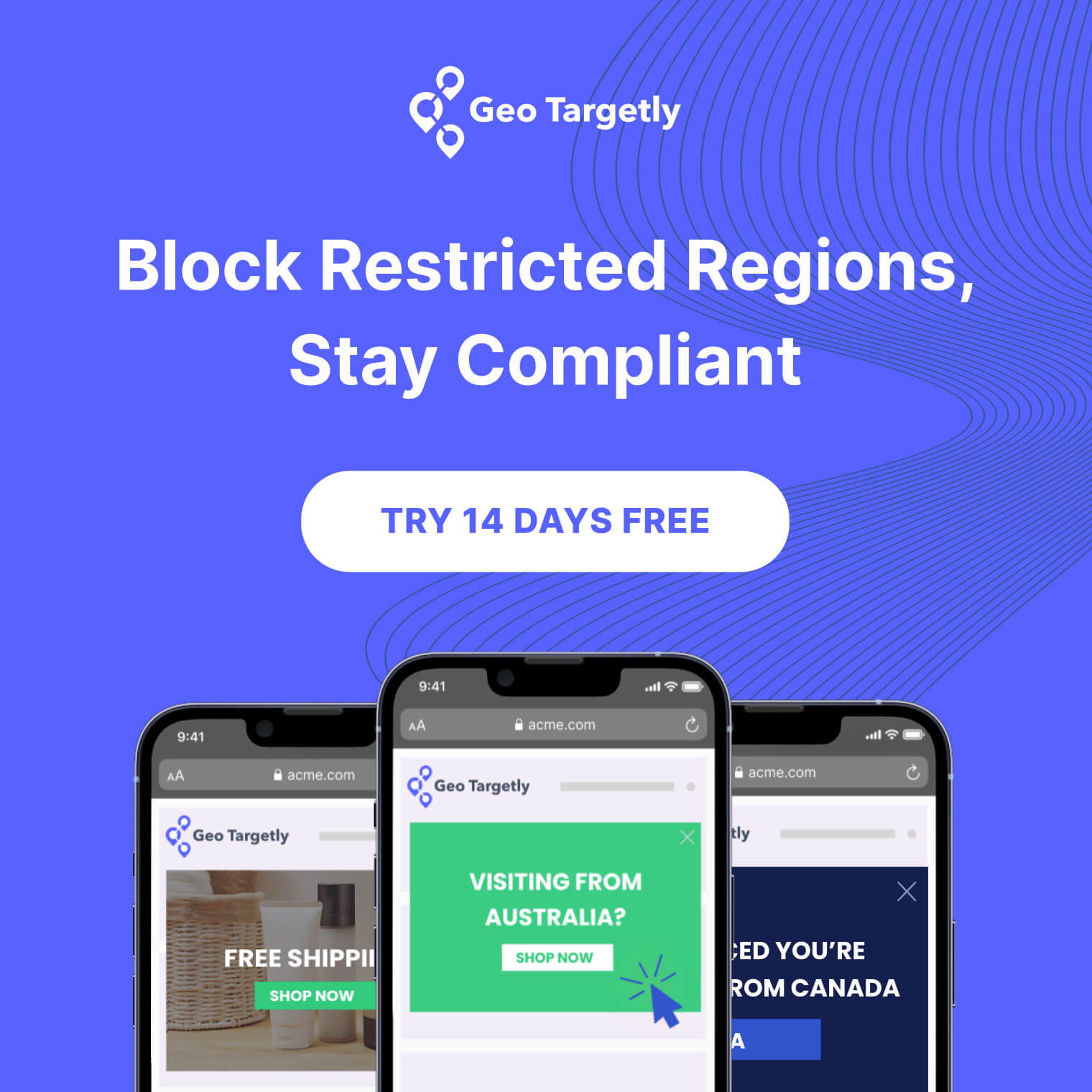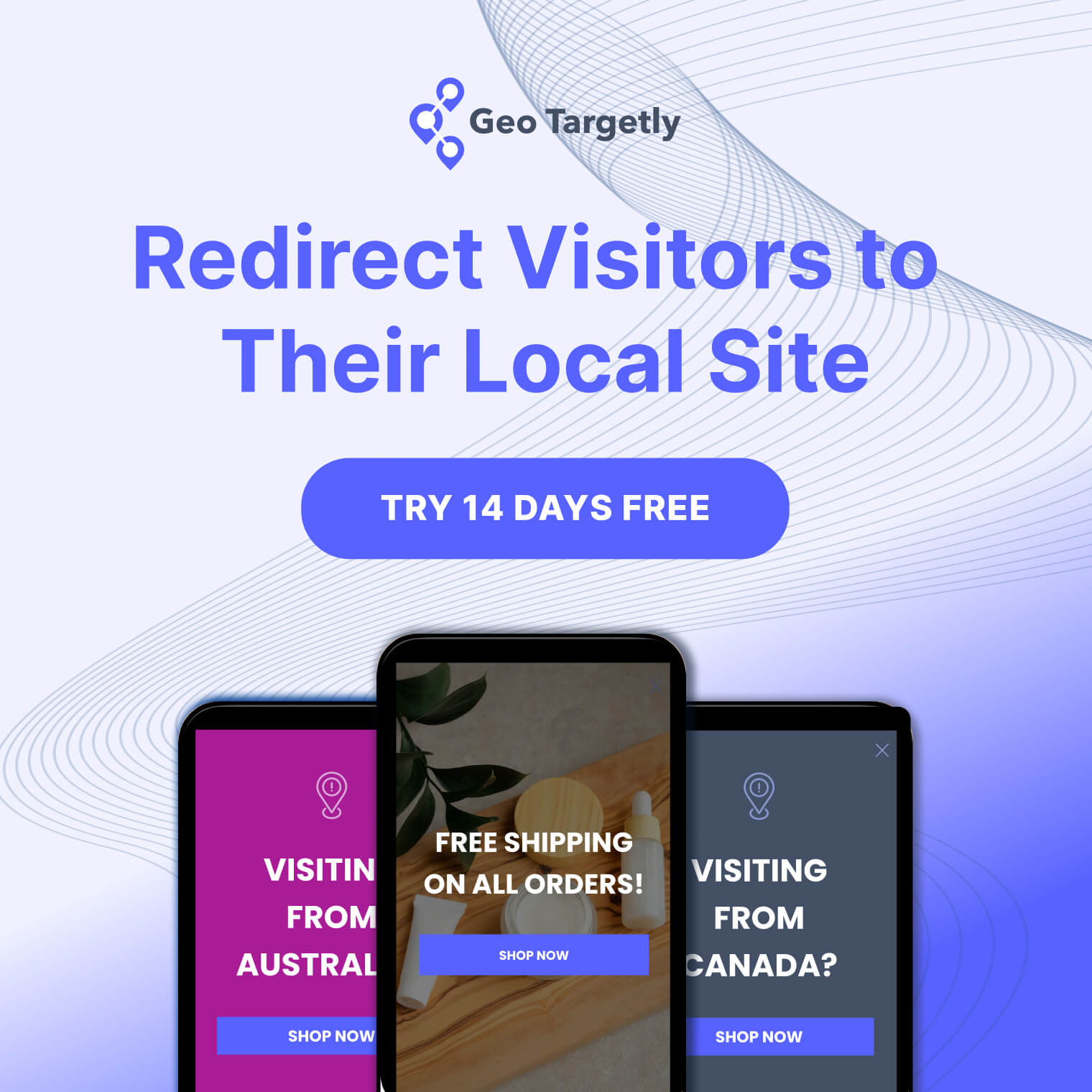

Geo-blocking operates at the intersection of digital content access and geographical boundaries, presenting a modern conundrum for both businesses and consumers alike.
At its core, geoblocking is a technology-driven practice that controls what content users can access based on their location.
This digital gating mechanism, while instrumental for businesses in following licensing agreements and regional laws, often stirs a debate regarding consumer rights and the open Internet.
As we navigate through the intricacies of geo-blocking, we uncover a landscape marked by the tug-of-war between upholding copyright laws and fostering a globally accessible digital world.
What is geo-blocking?
Geo-blocking is the practice of restricting access to Internet content based on the user's geographical location.
This digital barrier is not just about restricting movies or music, it extends to online stores, services, and even social media platforms, making certain digital content a privilege of location rather than a universal right.
At the heart of geoblocking lies the IP address – a unique identifier for your Internet connection that carries the imprint of your geographical location. When you attempt to access a geo-restricted service, the first checkpoint is your IP address, which decides whether you're in the 'right' part of the world for the content you're seeking.
It's a digital "no entry" sign, turning away those who don't fit the geographical criteria set by content providers.
Why is geo-blocking used?
For streaming giants like Netflix and Hulu, it's a matter of licensing – what can be shown where, dictated by agreements with content creators.
For online retailers, it might be about complying with local laws, managing shipping logistics, or setting region-specific pricing strategies.
Yet, beyond these practical considerations, geo-blocking also touches on broader issues like copyright laws, censorship, and the global digital divide.
Why is geo-blocking used?
The reasons behind geo-blocking are as varied as the content it controls, each rooted in the complex intricacies of legal, economic, and strategic considerations.
Licensing and copyright agreements
For content providers like streaming services (Netflix, Hulu, Prime Video), geo-blocking is a way to comply with regional licensing agreements.
These agreements often restrict where content can be legally shown, based on negotiations with content creators and distributors.
As such, a show available on Netflix in one country might be exclusive to another platform in a different country due to these agreements.
Market segmentation
Geo-blocking lets businesses segment the market according to geographical boundaries. This can be useful for varying product offerings, pricing strategies, and marketing campaigns to fit local preferences and legal requirements, allowing businesses to cater to the specific needs and constraints of each region.
Regulatory compliance
Different countries have different laws and regulations regarding content, e-commerce, and data privacy. Geoblocking helps ensure that businesses do not inadvertently breach these local laws by providing access to prohibited products, services, or content in certain regions.
Bandwidth and server load management
By restricting access to certain regions, businesses can manage server load and bandwidth usage more efficiently, giving better service quality for their target audience.
Are you in need of simple, effective, and cost-friendly geo blocking? Try our Geo Block tool free for 14 days!
Despite its practical and sometimes necessary uses, geo-blocking is not without controversy, often seen as a barrier to the free flow of information and a fragmented Internet experience.
It reflects a complex web of legal, commercial, and ethical considerations that businesses must navigate in these times. So, it’s no surprise that many people seek to skirt around these restrictions.
How to bypass geo-blocking
The quest to bypass geo-blocking has given rise to various technological workarounds, with VPNs (Virtual Private Networks) leading the charge. A VPN masks your real IP address, making it appear as though you're browsing from a different location.
This digital sleight of hand opens doors to previously inaccessible content, but it's not without its drawbacks, from potential legal gray areas, to concerns about data security with free VPN services.
Top 3 VPNs
There are a plethora of VPNs out on the market today, and you may have noticed ads for them during your scrolling sessions. These are our top 3 picks for the safest and most reliable VPNs available today.
1. ExpressVPN
ExpressVPN is renowned for its speed, security, and simplicity. With servers in more than 90 countries, it offers a vast network that promises reliable and fast connections.
ExpressVPN uses advanced encryption protocols to secure user data, making it an excellent choice for both streaming geo-restricted content and ensuring privacy online
Its user-friendly interface across devices and platforms makes it a top pick for users ranging from beginners to tech-savvy individuals.
2. NordVPN
NordVPN is well-known for its strong focus on security and privacy, offering features like double VPN encryption, Onion over VPN, and a strict no-logs policy.
With a large server network spread across numerous countries, NordVPN provides excellent speed and reliability, making it ideal for streaming, torrenting, and enhancing online privacy.
Its CyberSec feature offers an added layer of protection against ads and malicious sites.
3. Surfshark
Surfshark stands out for offering unlimited simultaneous connections, making it an economical choice for families or individuals with multiple devices.
Despite being relatively new to the VPN market, Surfshark has quickly established itself as a reliable service with strong encryption, a no-logs policy, and an intuitive interface.
It also offers innovative features like CleanWeb, which blocks ads, trackers, and malware, and Whitelister, a split-tunneling tool that allows specific apps or websites to bypass the VPN.
When choosing a VPN, consider factors such as your primary use case (e.g., streaming, privacy, torrenting), the devices you plan to use it on, and specific features that are important to you, such as server location options or additional security features.
Other geo-blocking techniques
Besides using a VPN, there are other ways to avoid the effects of geo-blocking.
- Smart DNS services: Unlike VPNs, smart DNS services don’t change your IP address but instead reroute your DNS queries through a server in a location where the content is available. This allows for accessing geo-blocked content without the potential speed loss associated with VPNs.
- Proxy servers: Similar to VPNs but less secure, proxy servers act as intermediaries between your device and the internet. By connecting to a proxy server in a region where content isn’t blocked, users can gain access to that content. However, proxies don’t encrypt your data, making them less secure than VPNs.
- Browser extensions: Some browser extensions can offer ways to access geo-restricted content by either acting as proxies or helping manage DNS settings more efficiently.
- Tor browser: While primarily focused on privacy and security, the Tor network can sometimes provide access to geo-blocked content by routing internet traffic through multiple nodes across the globe.
These methods, while effective in many cases, highlight the ongoing game of cat and mouse between content providers and those seeking unrestricted access to digital content.
It's important to consider the legality and ethical implications of bypassing geo-blocking, as well as the potential risks to privacy and security.
Is geo-blocking legal?
The legality of geoblocking varies significantly across different jurisdictions. In the European Union, for instance, efforts have been made to reduce geoblocking in favor of a more unified digital market.
The EU’s Digital Single Market strategy aims for users across member states to have equal access to goods and services online, limiting the use of geo-blocking in EU countries.
Outside the EU, geo-blocking remains a widely used and legally accepted practice, often justified by copyright laws, licensing agreements, and regional regulations. But, the methods used to bypass geo-blocking, such as VPNs, inhabit a legal grey area, with legality depending on the country and the specific use case.
Conclusion
Geo-blocking epitomizes the challenges of balancing copyright laws, market segmentation, and regulatory compliance with the ideals of a borderless, open internet. While businesses may find geo-blocking a necessary tool for navigating the complex global landscape, consumers often view it as a hindrance to their online freedom.
The debate around geoblocking continues to evolve, with technological advancements and legislative changes shaping the future of how content and services are accessed online. As we strive for a more connected world, the conversation around geoblocking, its implications, and the ethics of digital borders is more relevant than ever.
For businesses and consumers alike, understanding geo-blocking, its uses, and ways to ethically navigate digital restrictions is key to thriving in the global digital ecosystem.





.webp)


































